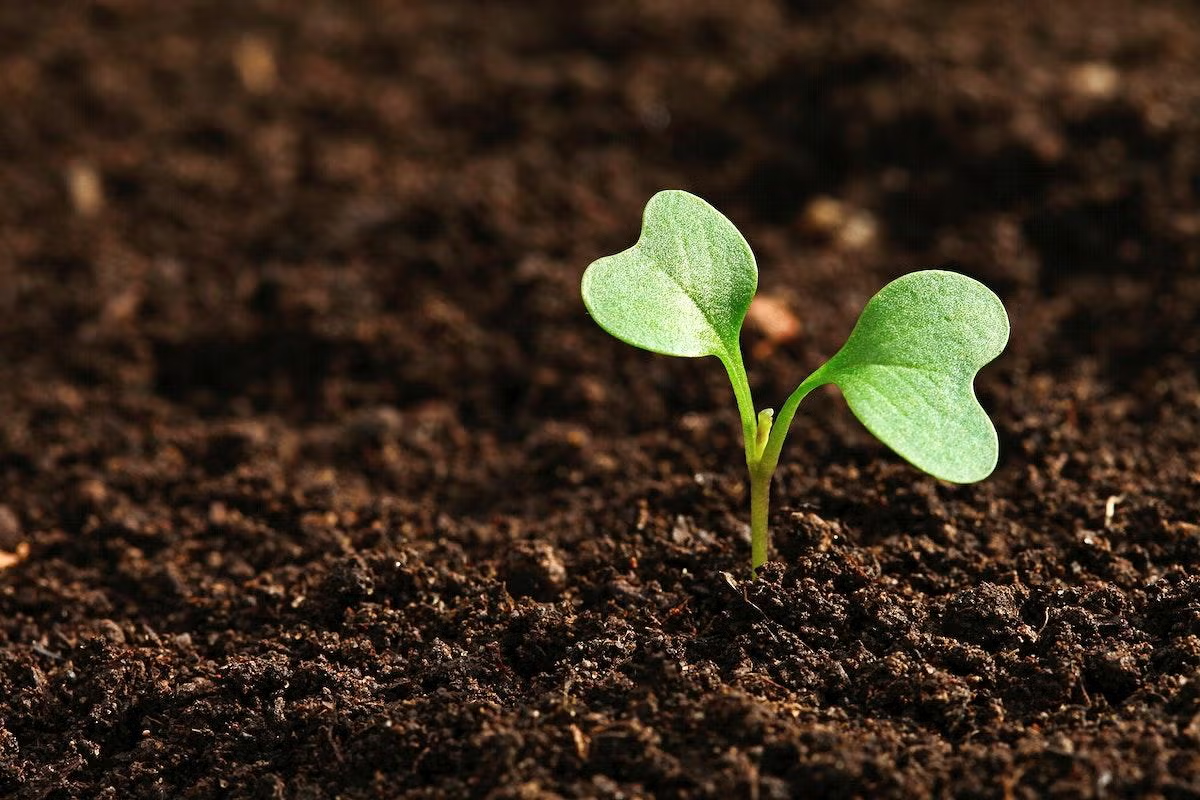
This is the part 2 of composting lesson aligned to narrative writing. In this lesson, students embark in the experience of observing the decomposition process of the materials, identifying the factors

This is the part one of the composting lesson that is aligned to the ELA standards of narrative reading and writing. In this lesson, students build their experiences by preparing the bucket composters
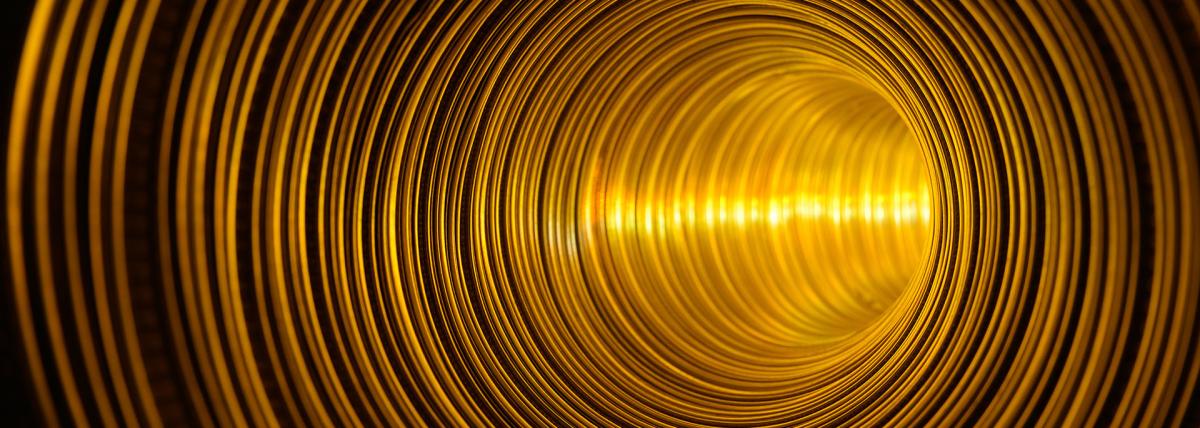
This lesson is meant to follow general explorations and lessons about light and sound. Students will use what they know about light to create devices to communicate with a classmate over a given
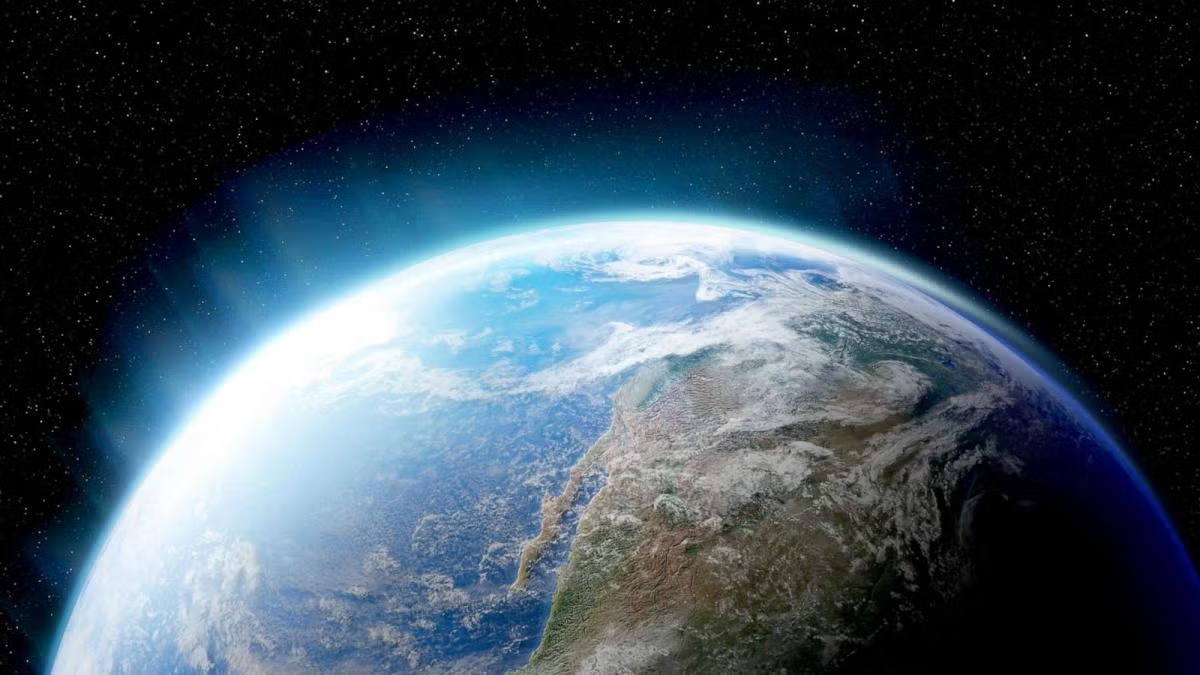
Students use a 2-D physics sandbox, called Algodoo, to simulate the factors that might affect the period of a circular orbit of a planet about a star. Students develop Kepler's 3rd Law conceptually by

In this 3 day lesson plan, students will discover the relationships between the sun, earth, moon, solar/lunar eclipses and the tides.

Students will build a model of a riverbank inside of a liter bottle. They will use different materials to improve the riverbank and lessen the erosion. Students will research and investigate what
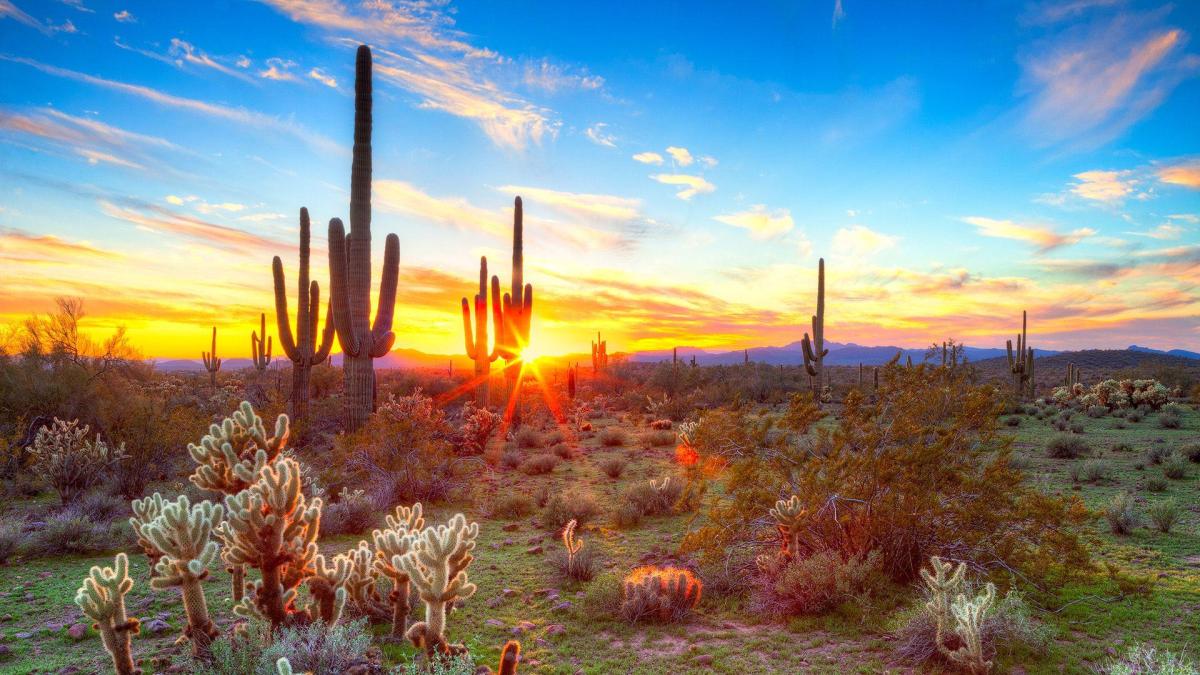
Students will investigate the geological features of the Santa Catalinas. Specifically the phenomenon of Catalina Gneiss. Students will research the formation of the Tucson basin and Santa Catalinas

This lesson is a follow up of lesson 1 of 2. Students will extend the focus of their cause by creating a logo and swag to be presented at an "EXPO" held at your school.

This lesson can be applied to multiple content areas. Following a discussion about what a cause is and looking at examples, students will work in groups to create a name, mission statement, and vision
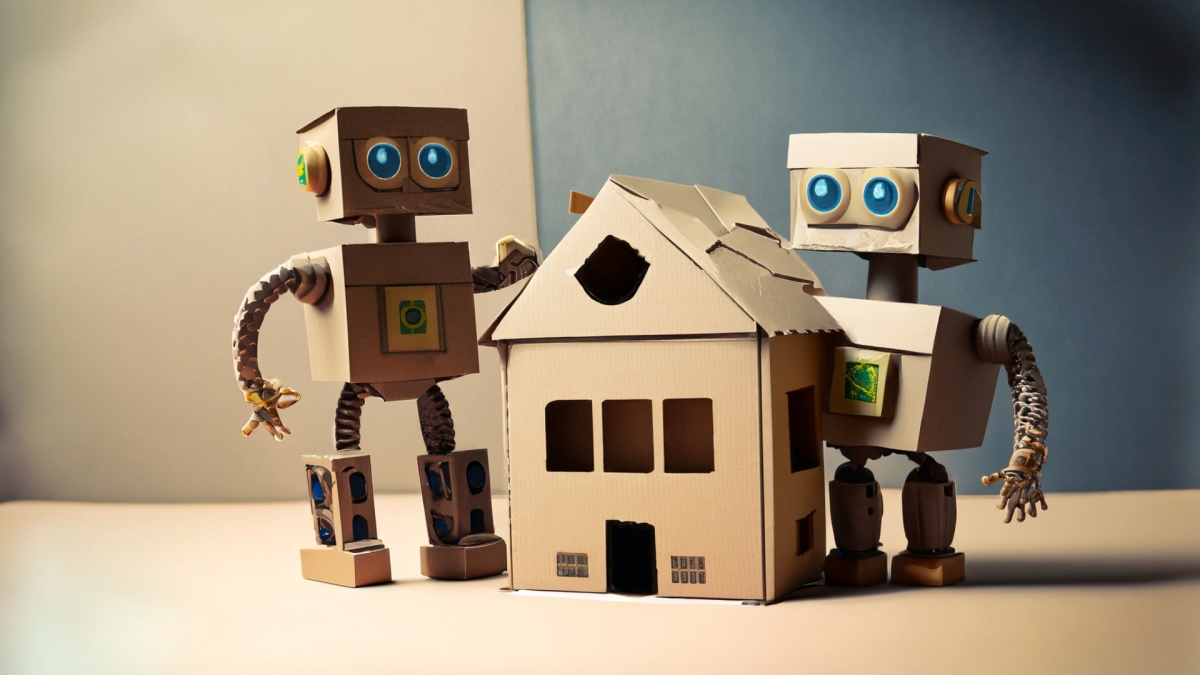
Students are introduced to the javelina through reading part of The Three Little Javelinas, reading about javelinas and watching an informational video. They discover potential conflicts and root
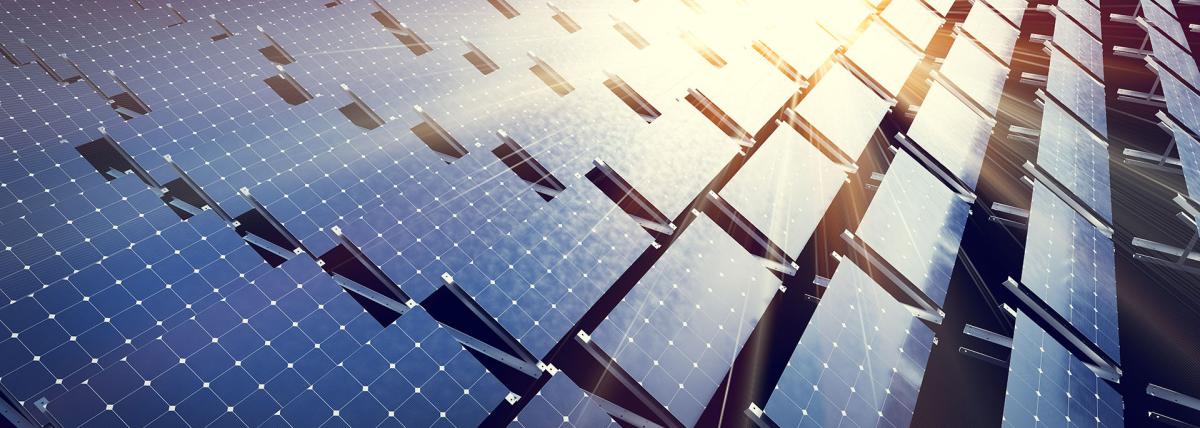
An investigation into the function and uses of solar panels in agriculture - Agrivoltaics. Exploring how to get the most efficient use of your solar panels for your gardens.

In this lesson students model a fast change to Earth's surface by creating a landslide and a slow change to Earth's surface by simulating coastal erosion.

This project sets students up to explore animal anatomy and physiology with the idea of replacing a lost appendage (beak, leg, tail, fin, etc.) This is used in small groups of 2 or 3 over the course
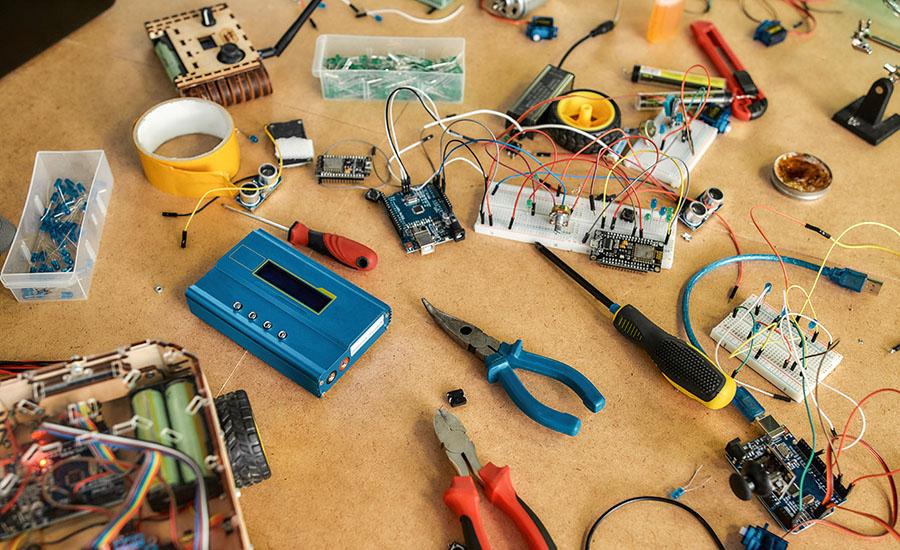
A Makerspace experience for the Holidays! Students are invited to launch their very own startup business just in time for the holidays! In your Makerspace group, invite students to brand, create a
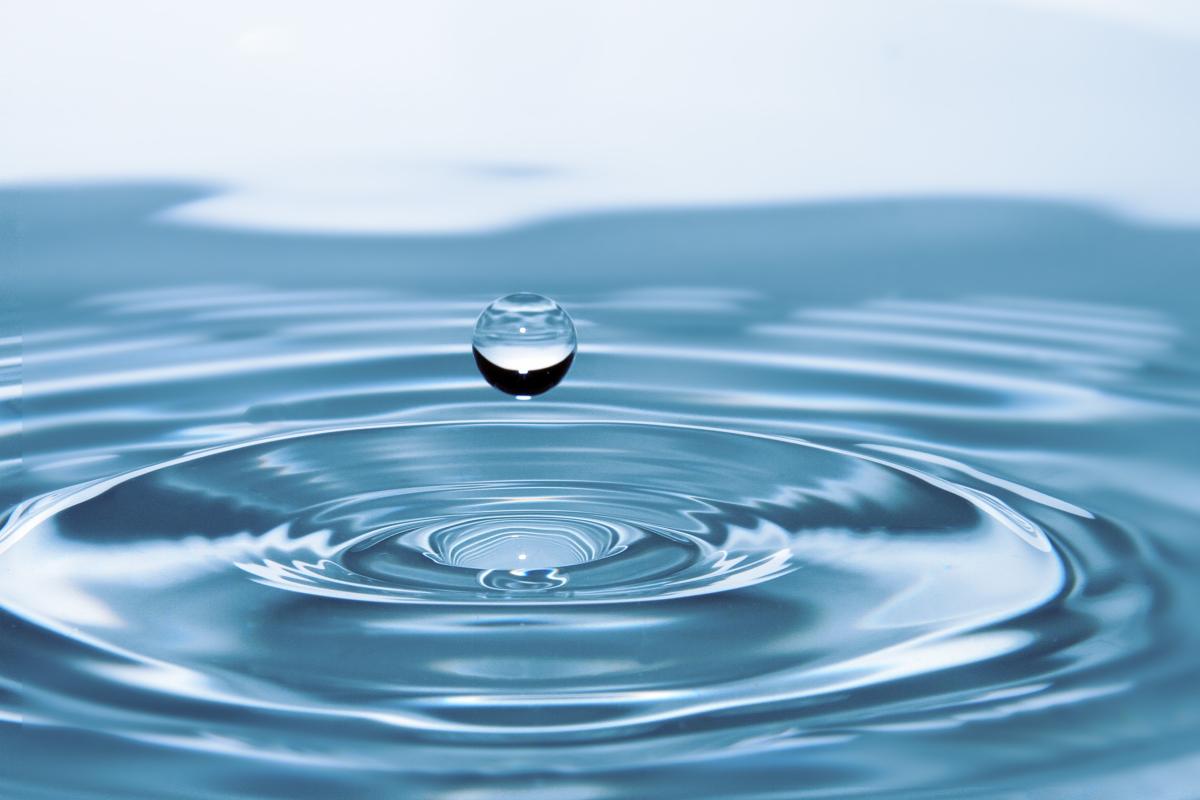
Students will use evidence from an investigation to model and explain how thermal expansion of land and sea ice impact the sea level. They will quantify the impact of land ice melt and thermal

Saguaro cacti are collapsing in the Phoenix due to extreme heat and the urban island effect. Is there anyway to save them? This lesson allows students to investigate the factors contributing to the

Part 1: Rotation and Revolution (of Earth) Phenomenon: Why do we experience periods of day and night? This is a 1 to 3-day lesson with five activities primarily focusing on rotation of the Earth which
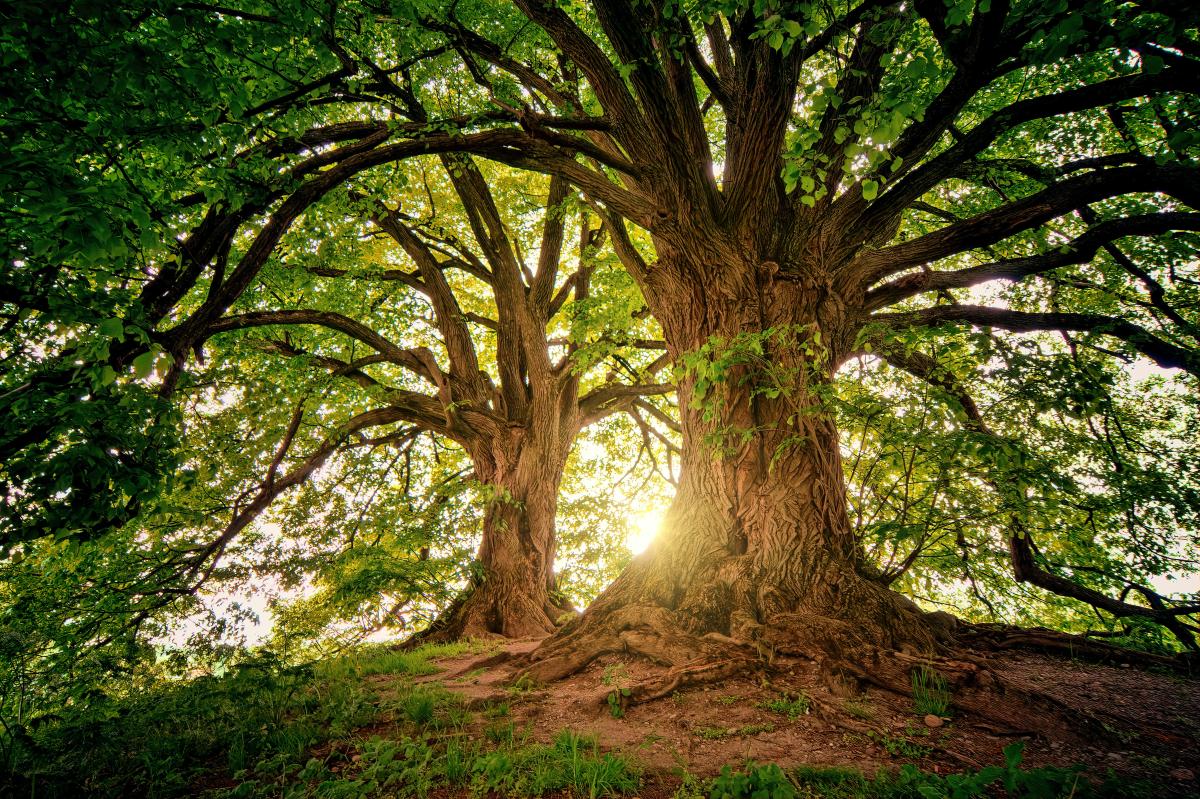
Treehouse Design
Students will research, design and build a treehouse using the engineering design process. They will practice budgeting by pretending to have $100 to spend by using a supply budget sheet. Students

In this lesson students will learn about the Makey Makey. They will create conductive touch points, record voice in scratch, and connect Makey to create an interactive poster. This can be used for any
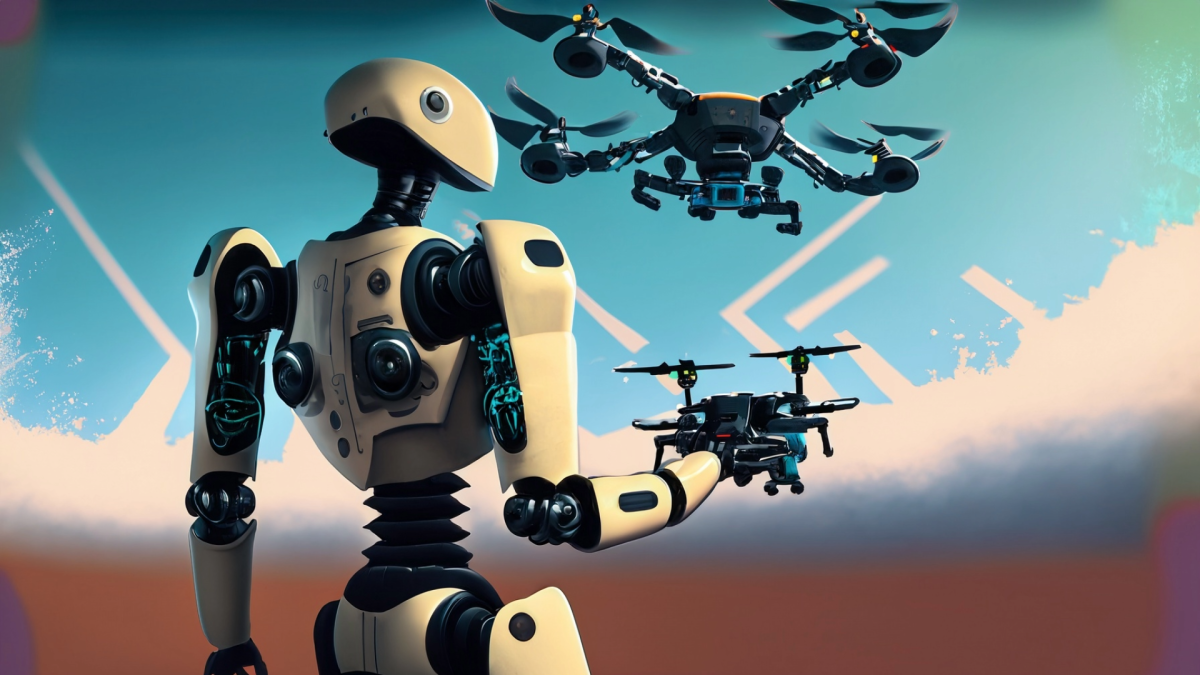
The lesson is adapted from resources created by the Green Drone AZ Project. This is module 1 of 4 featuring focused activities to address real-world environmental challenges within Arizona communities

This lesson is designed to promote hands-on, project-based learning that connects various disciplines. It emphasizes the importance of real-world applications and encourages students to think

In this lesson, students will be introduced to the concept of solar angle and how Earth’s tilt on its axis and revolution around the sun are responsible for seasonal changes in temperature, daylight
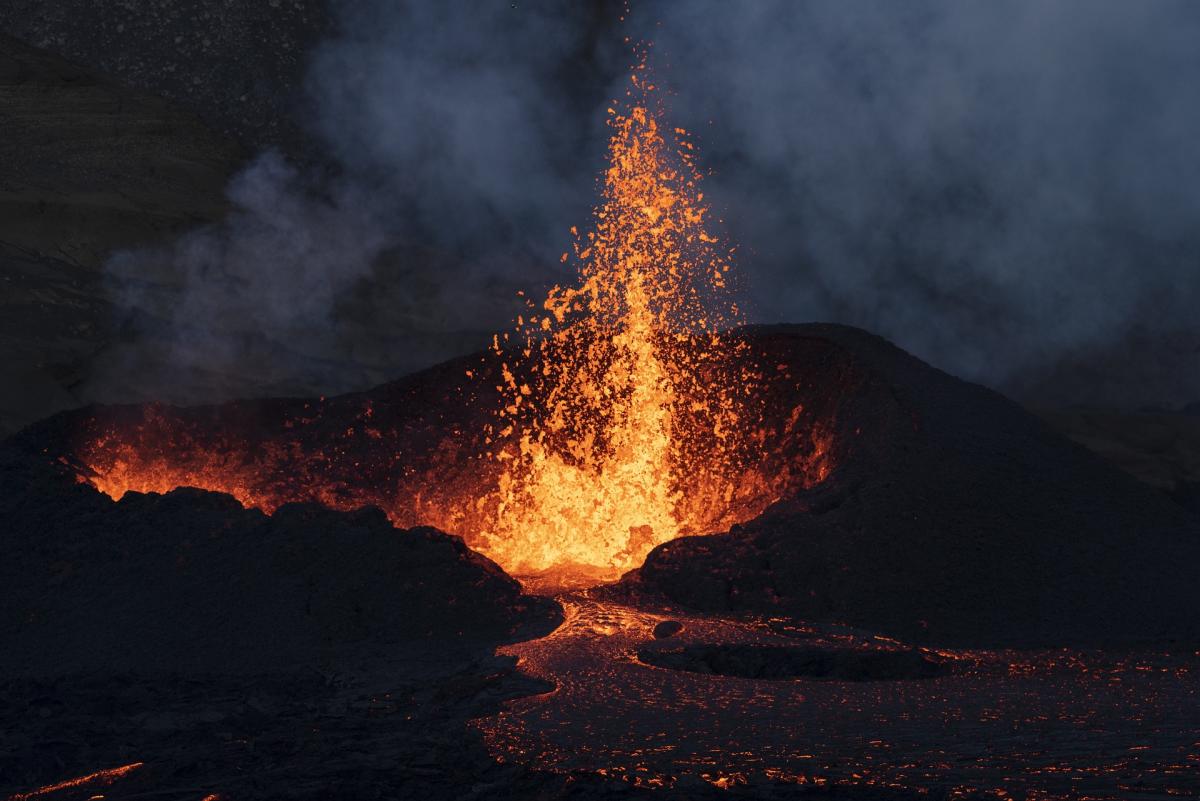
In this activity, students will build a shelter that protects them (cotton balls) from a volcanic eruption of lava and ash.

Students create a scale model representing earth's history in order to analyze how life has changed on earth over time.


